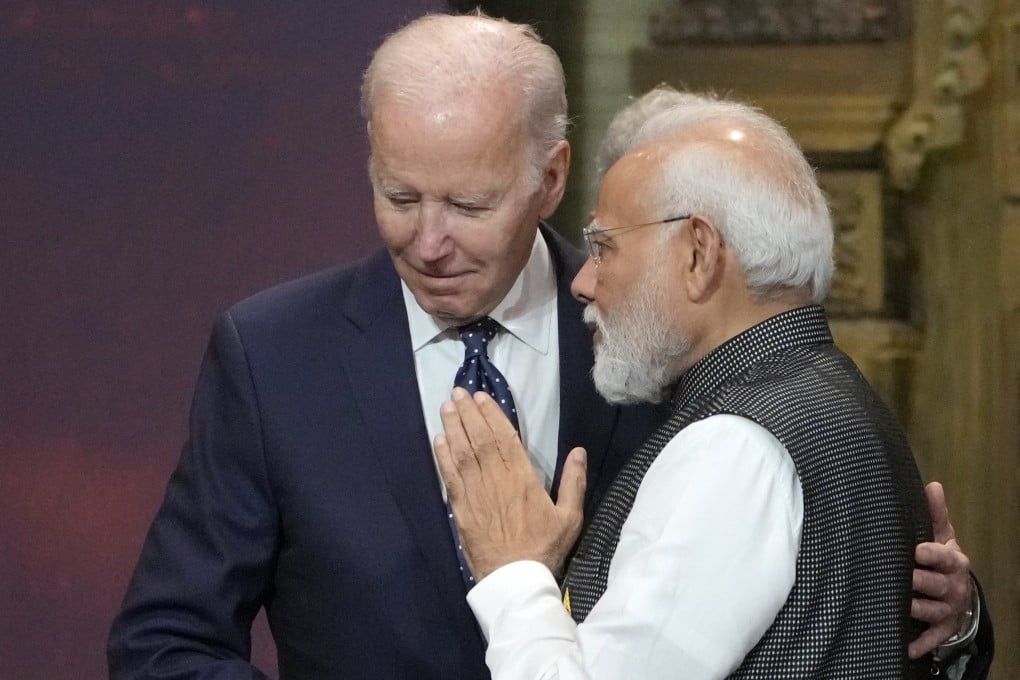Advertisement
Opinion | Why the US’ ties with its Asian partners have their limits
- Despite US efforts to isolate Russia and counter China, countries such as India and Vietnam are keen to keep counterbalances in play
Reading Time:3 minutes
Why you can trust SCMP

During his term, US President Joe Biden has expended significant effort and energy on shoring up alliances in Asia and improving Washington’s standing with allies and partners in the region.
Advertisement
Biden has leveraged tensions and territorial disputes between China and its neighbours to revitalise partnerships with countries such as India and the Philippines. He has signed multiple military deals to operationalise those ties. He has also placed these partnerships at the heart of a strategy that seeks to advance “rules that the United States and [its] partners have helped to build”.
Washington sees China as a challenge to this endeavour and it has therefore enlisted China’s neighbours in the effort. But in recent weeks, Russian President Vladimir Putin scored major diplomatic triumphs that showed the limits of Biden’s vision for Asia.
In June, Putin went to Vietnam where he was warmly received and given a column in one of the country’s most influential newspapers. He also signed deals to expand cooperation with Vietnam, including in the energy sector.
Earlier this month, Putin received Indian Prime Minister Narendra Modi in Moscow for Modi’s first visit to Russia since the start of the Ukraine war. Modi, who was recently reelected as prime minister for a third term, had chosen Russia for his first bilateral visit after being sworn in. In Moscow, he received Russia’s highest civilian award.

Advertisement
